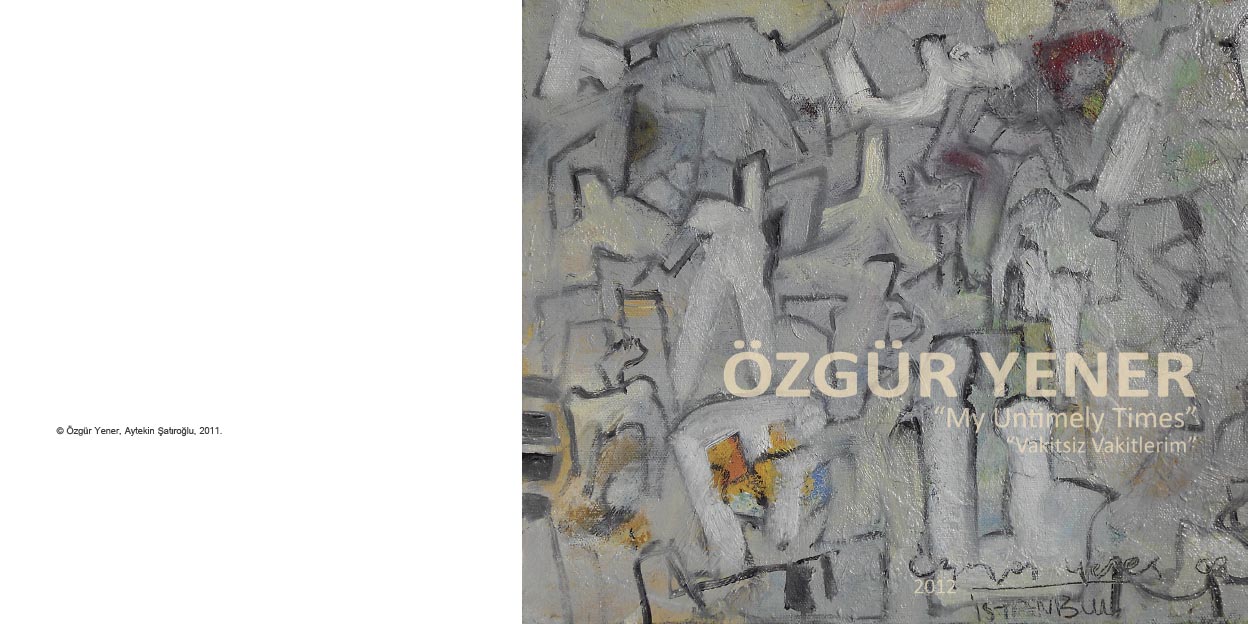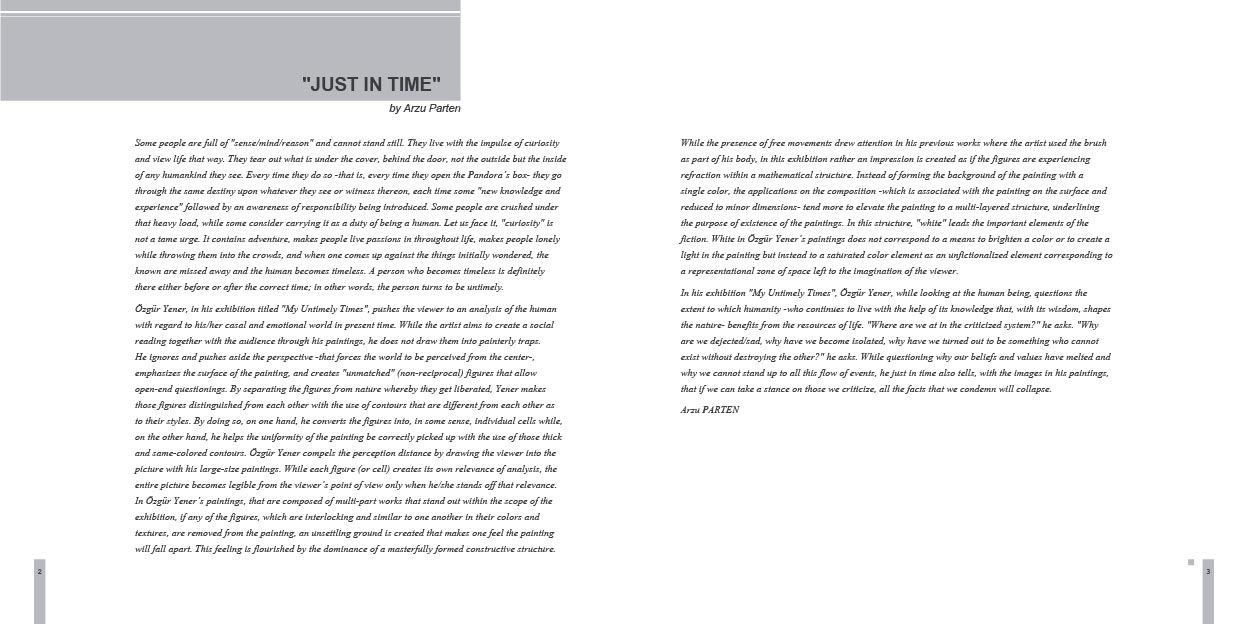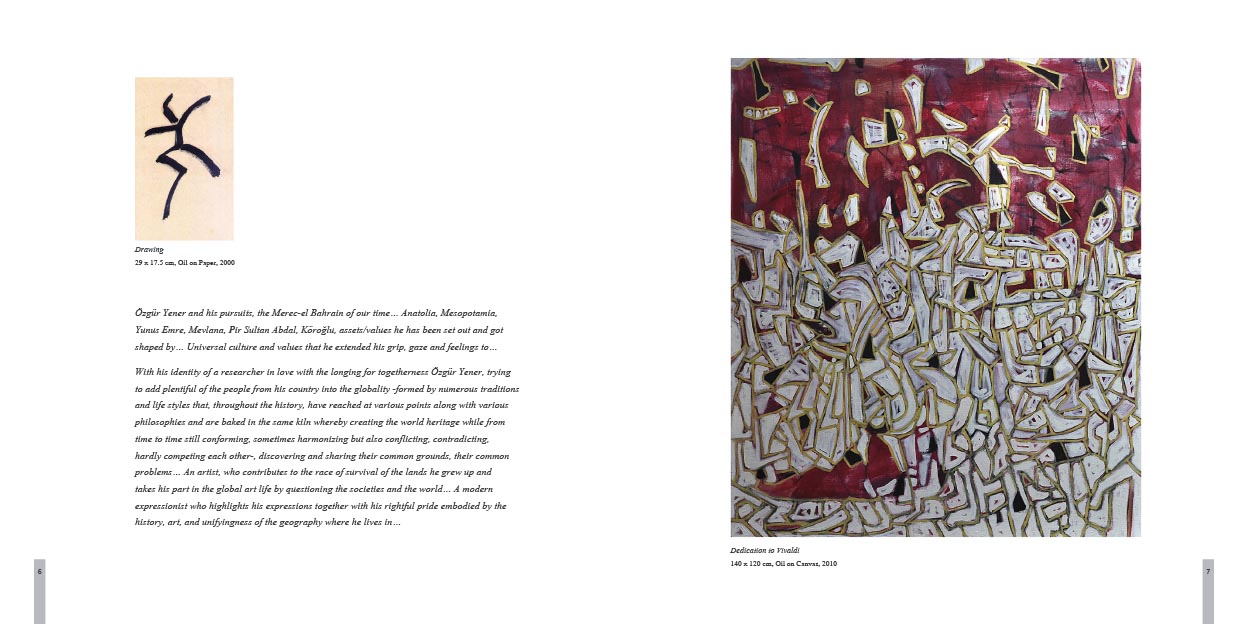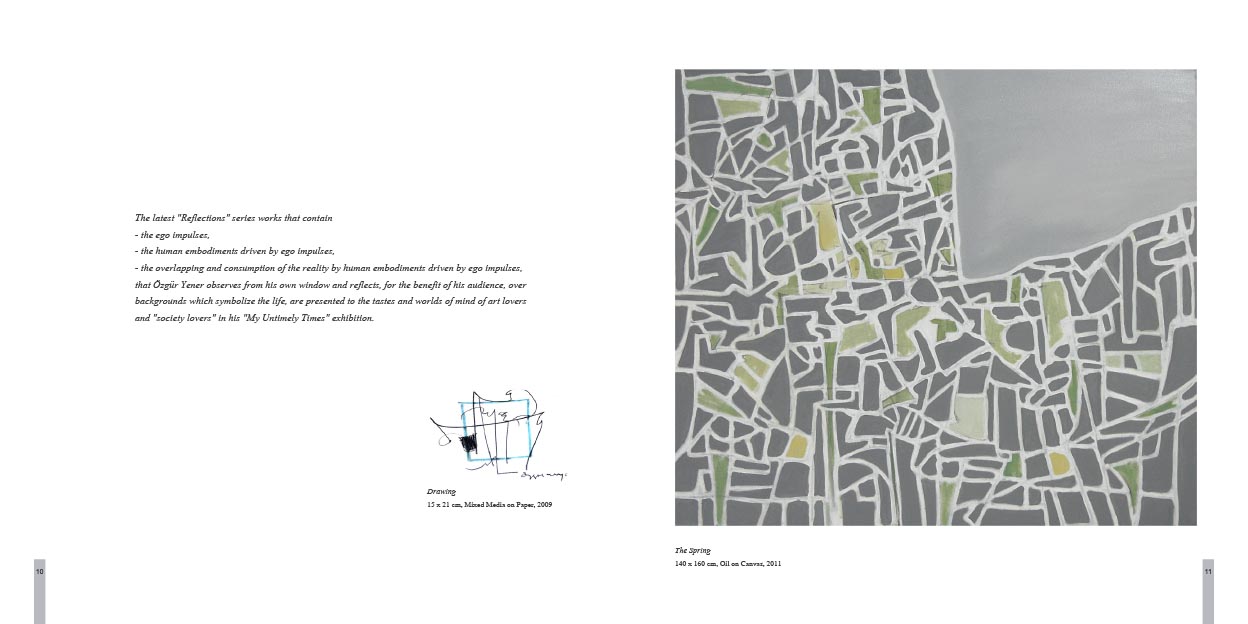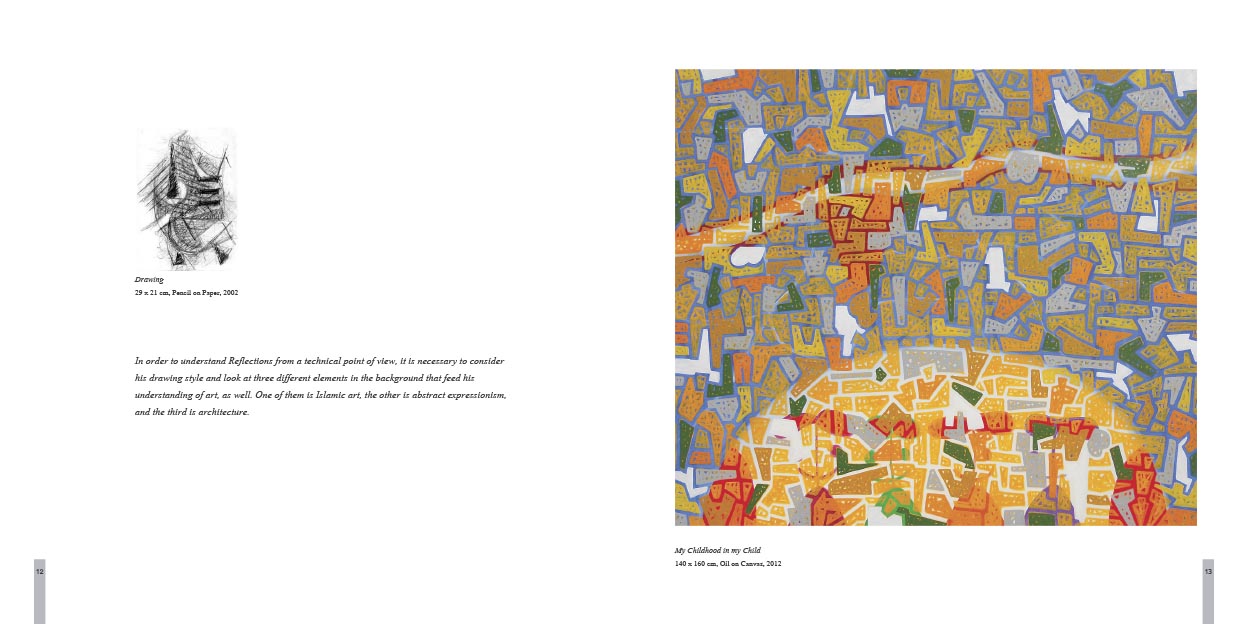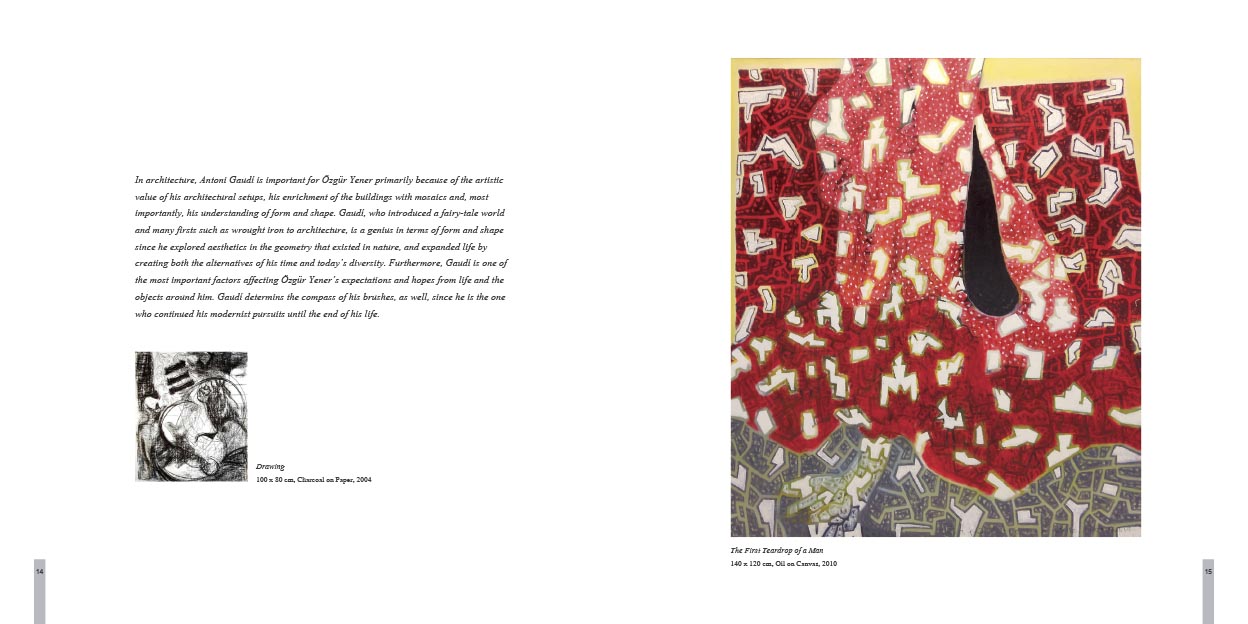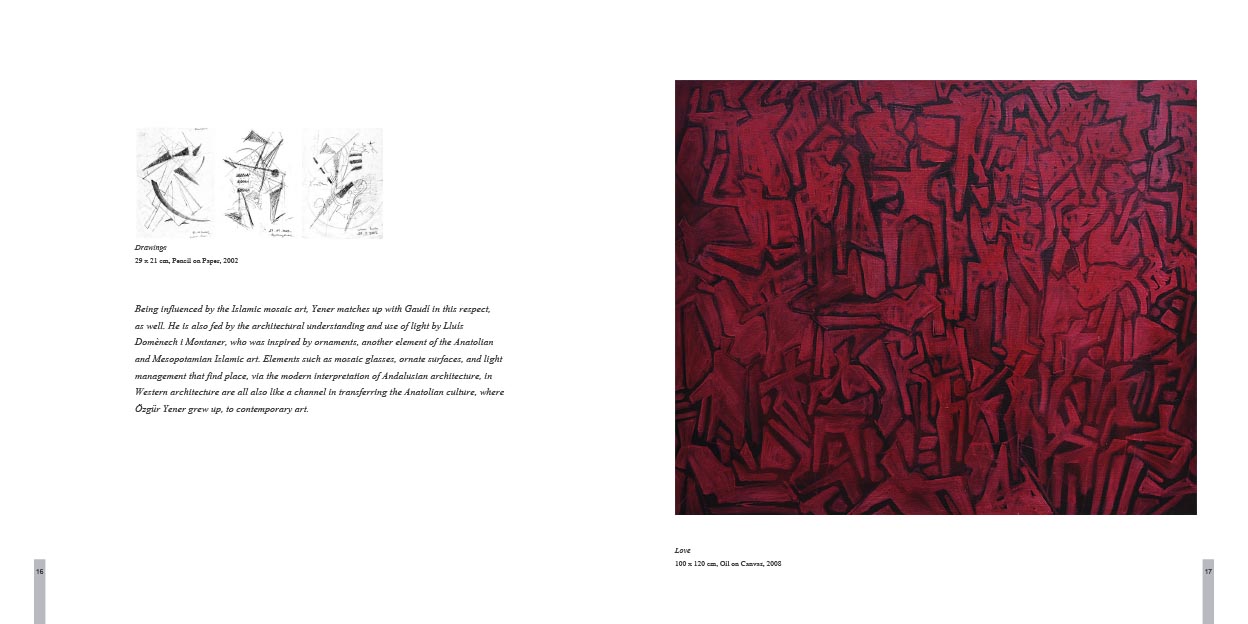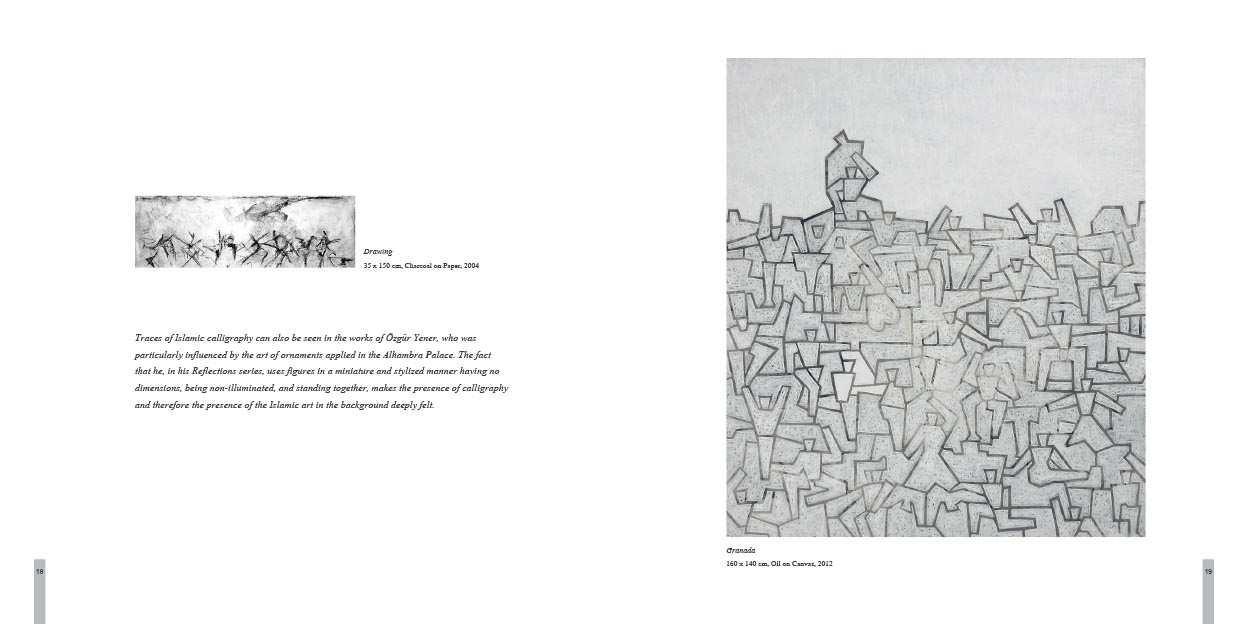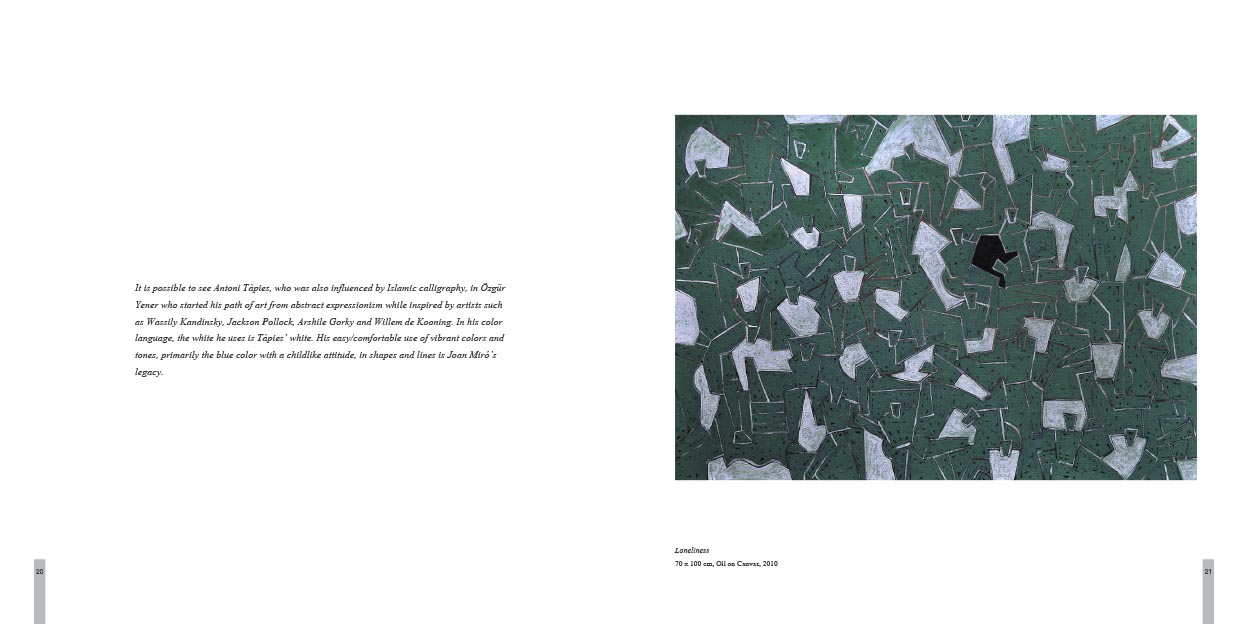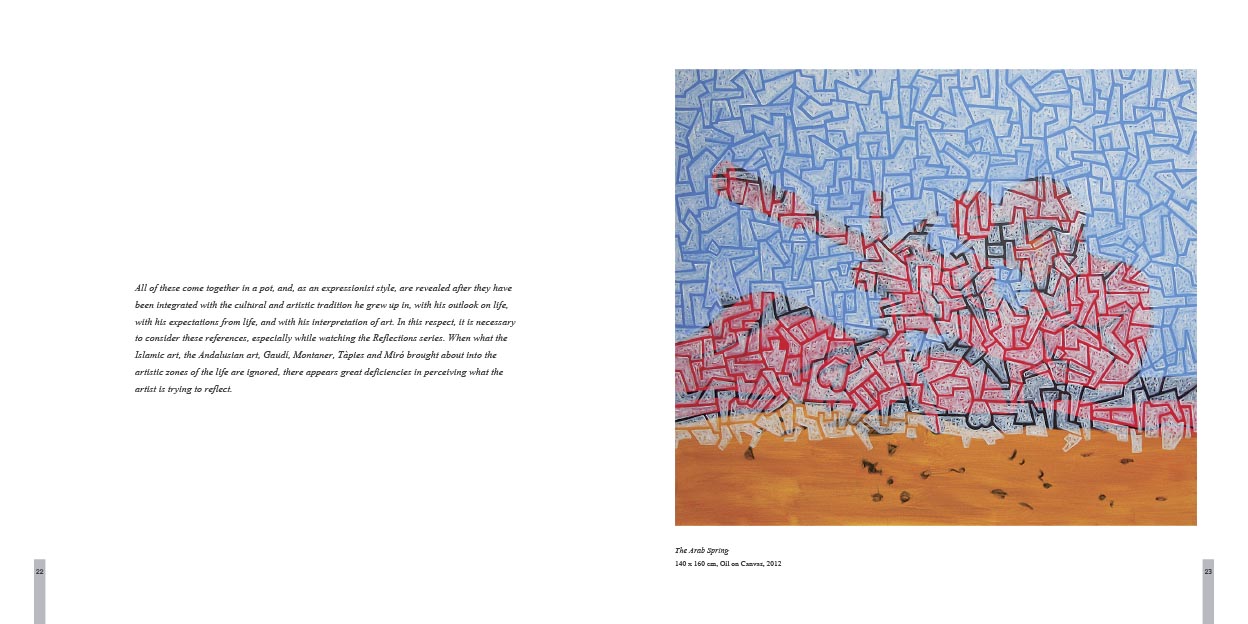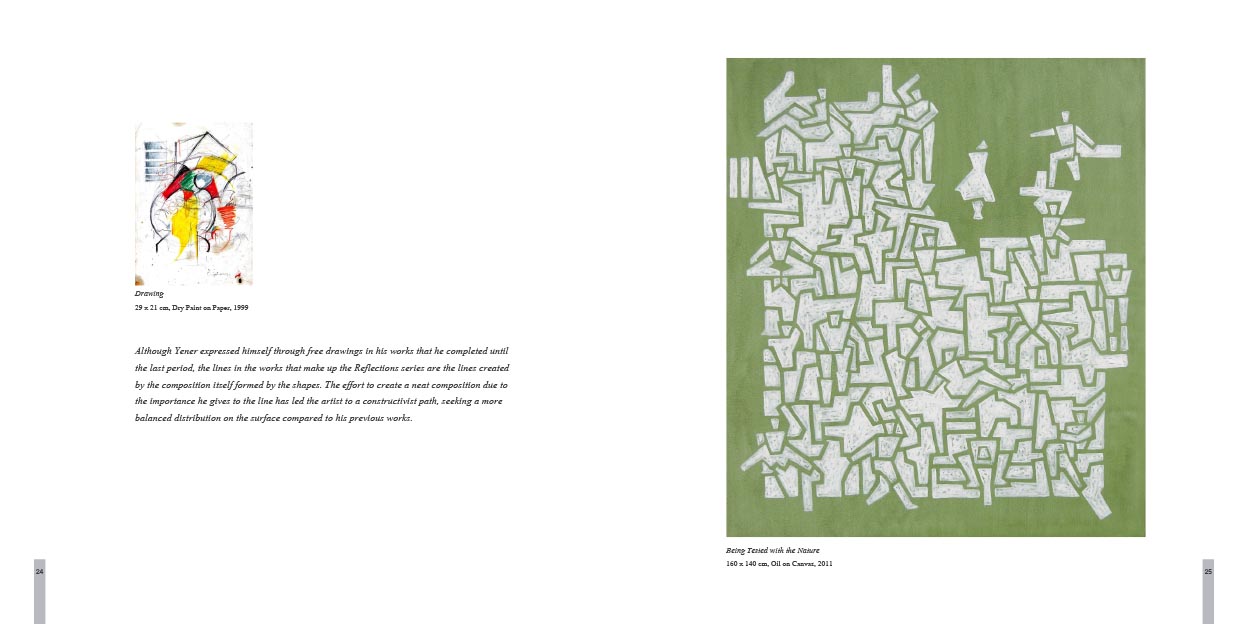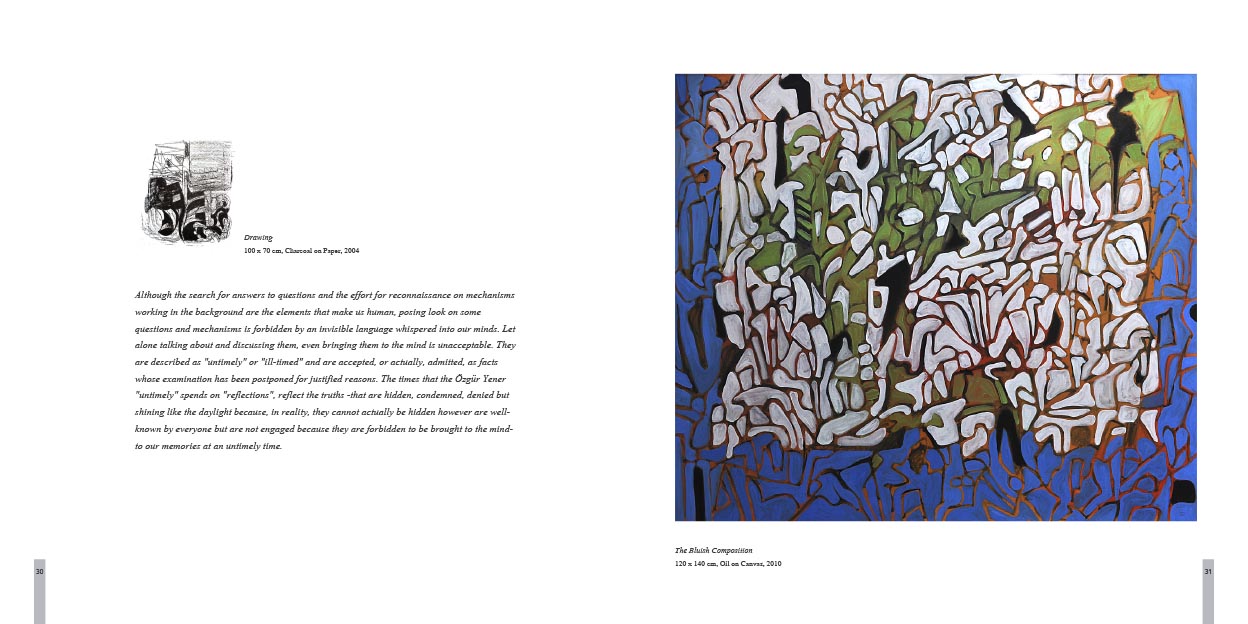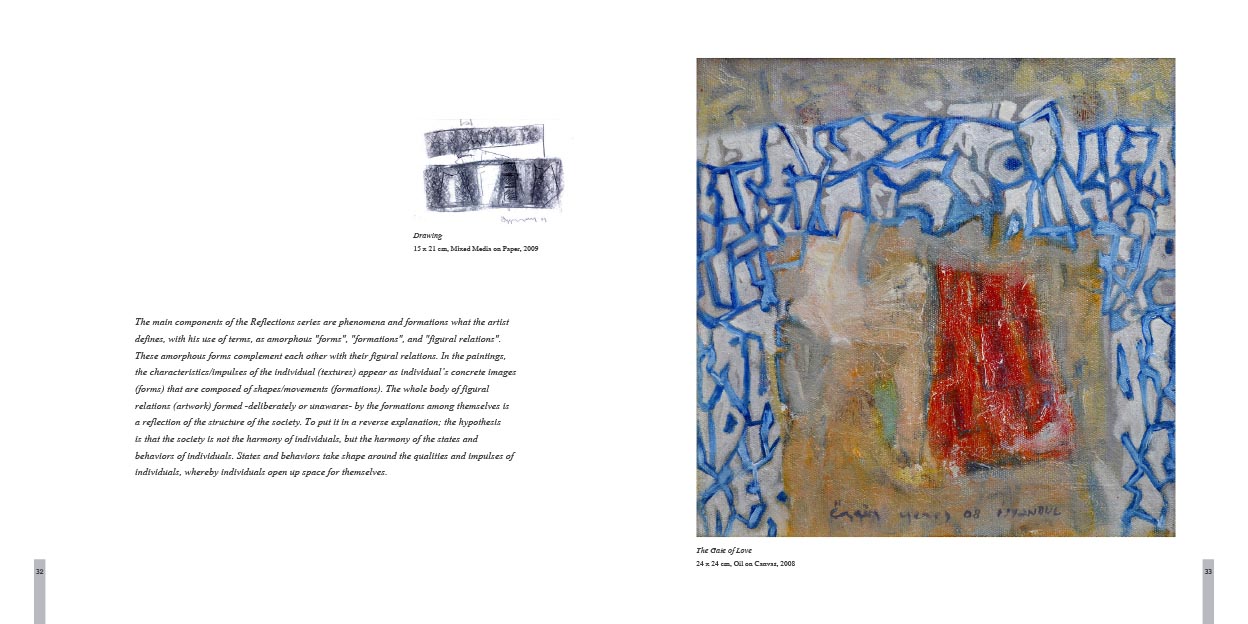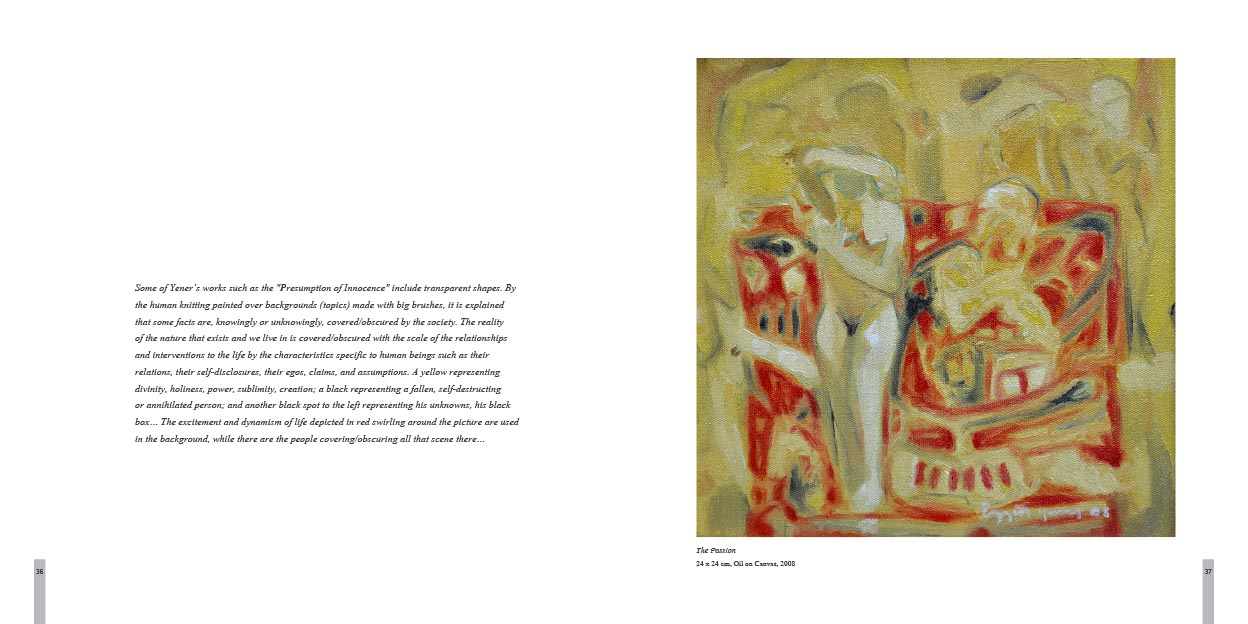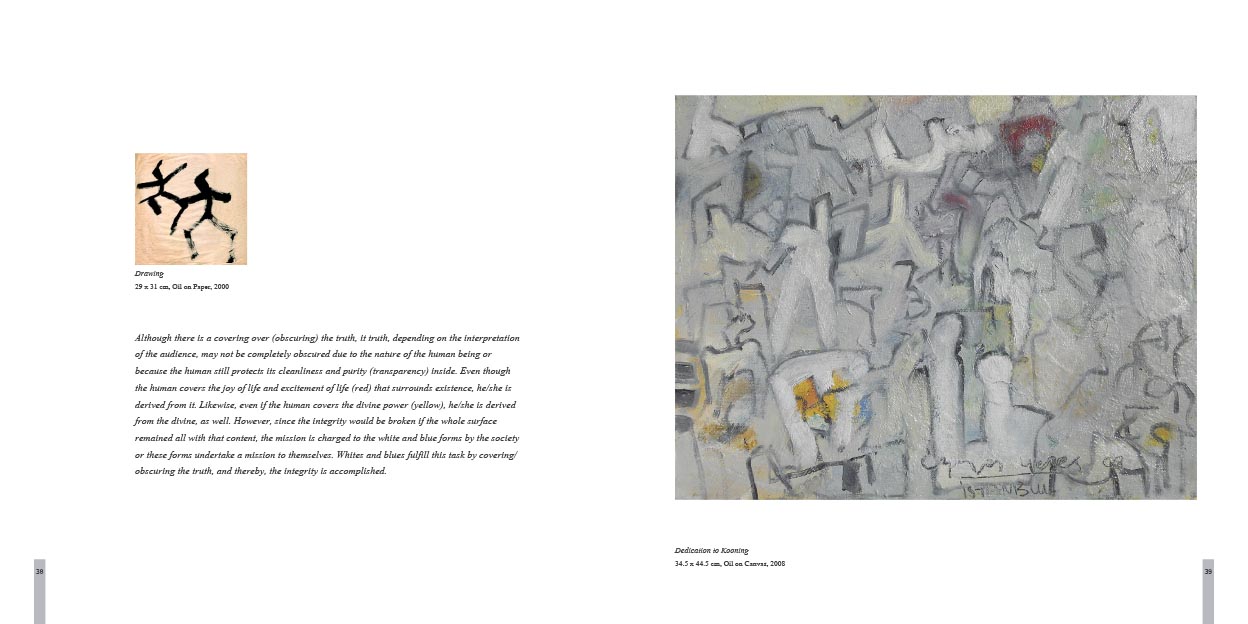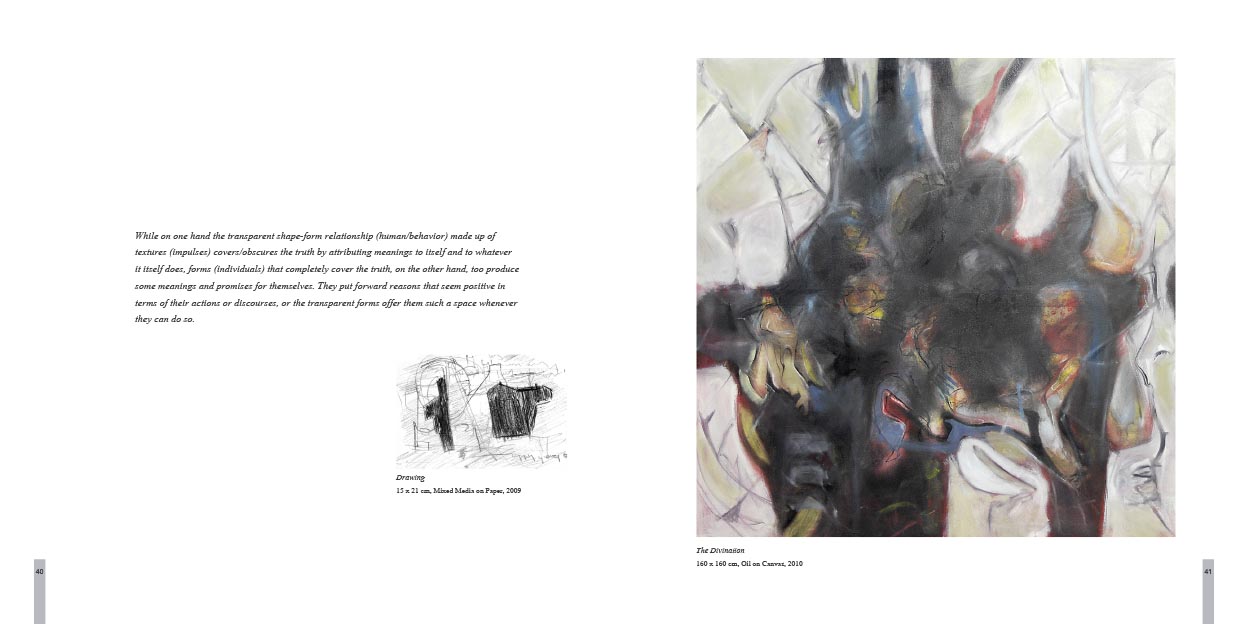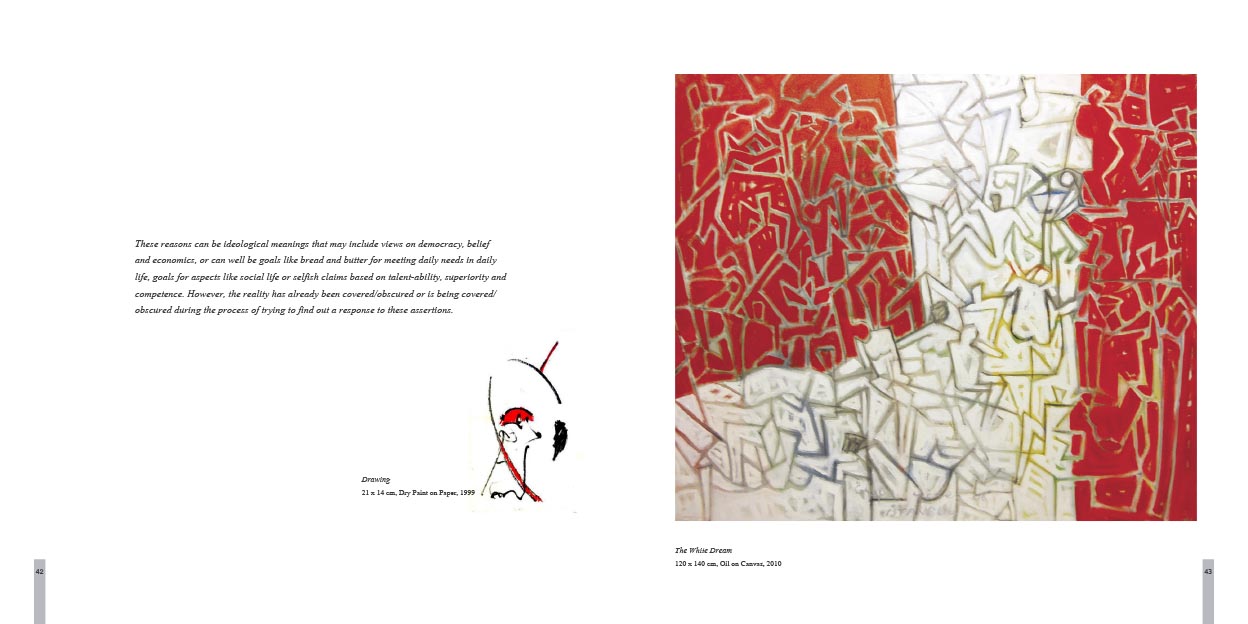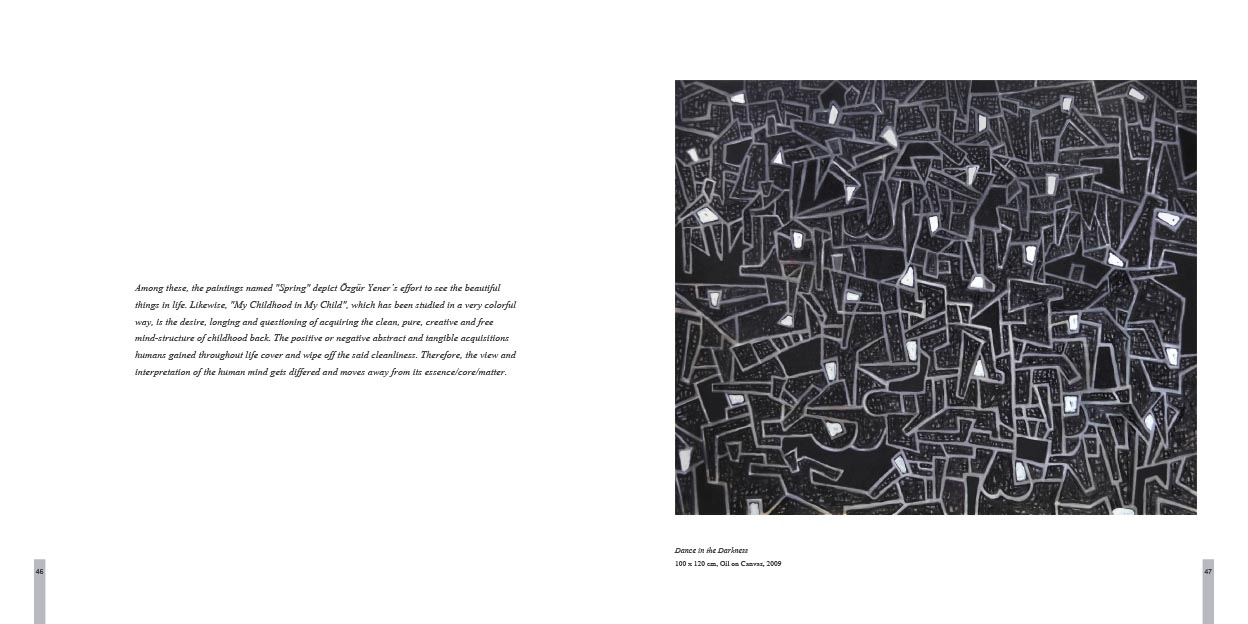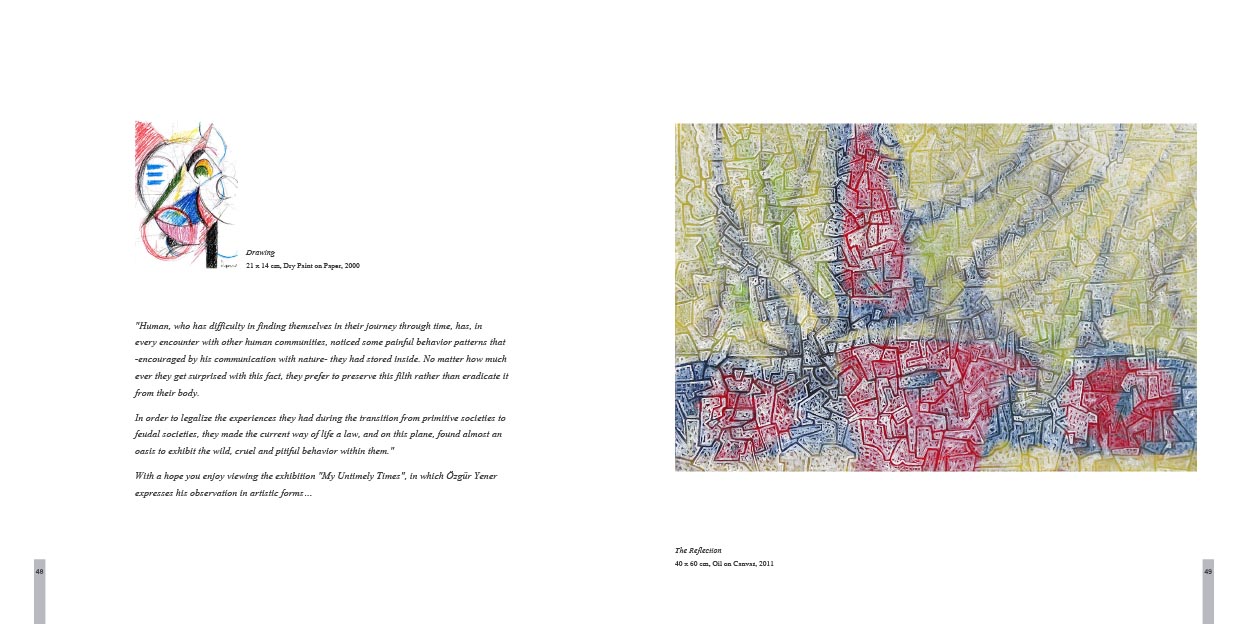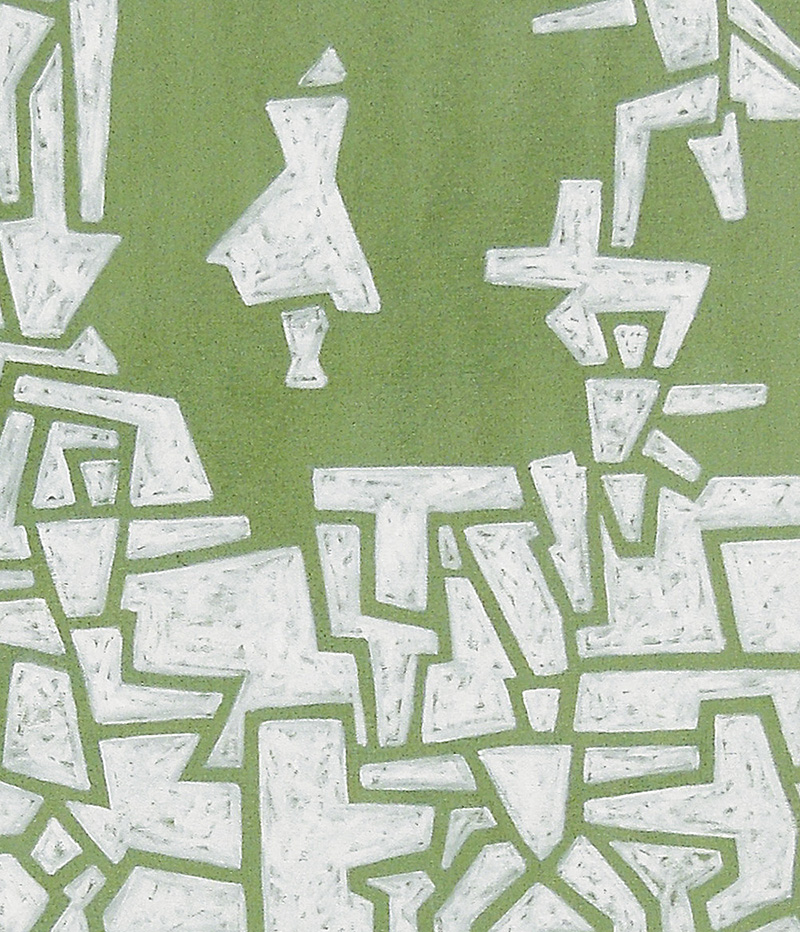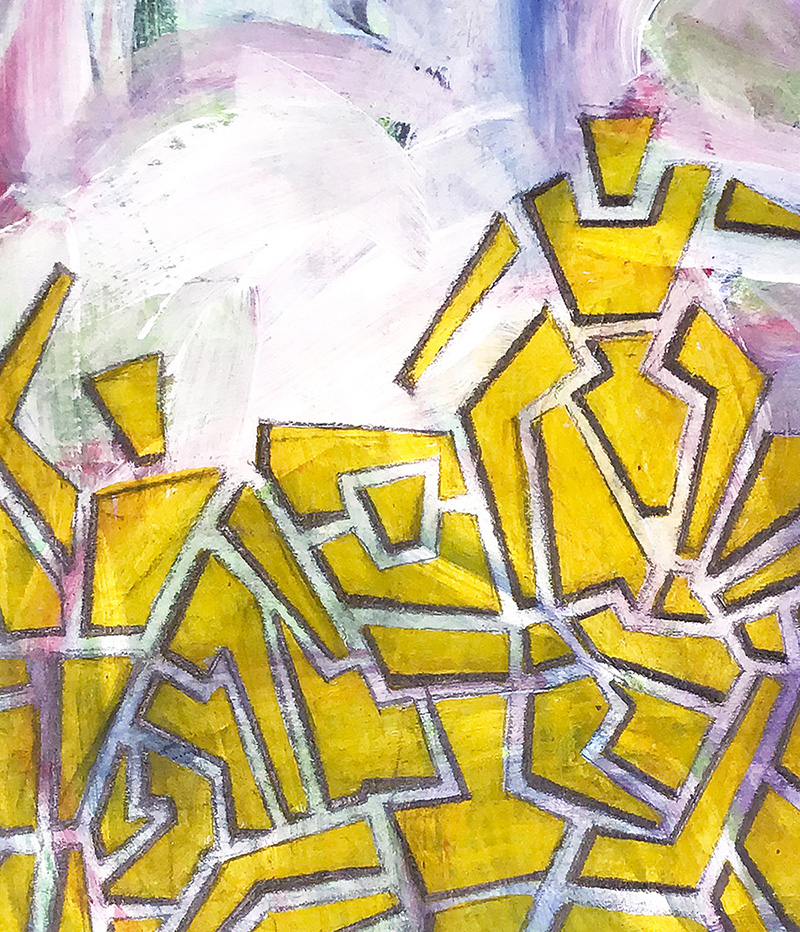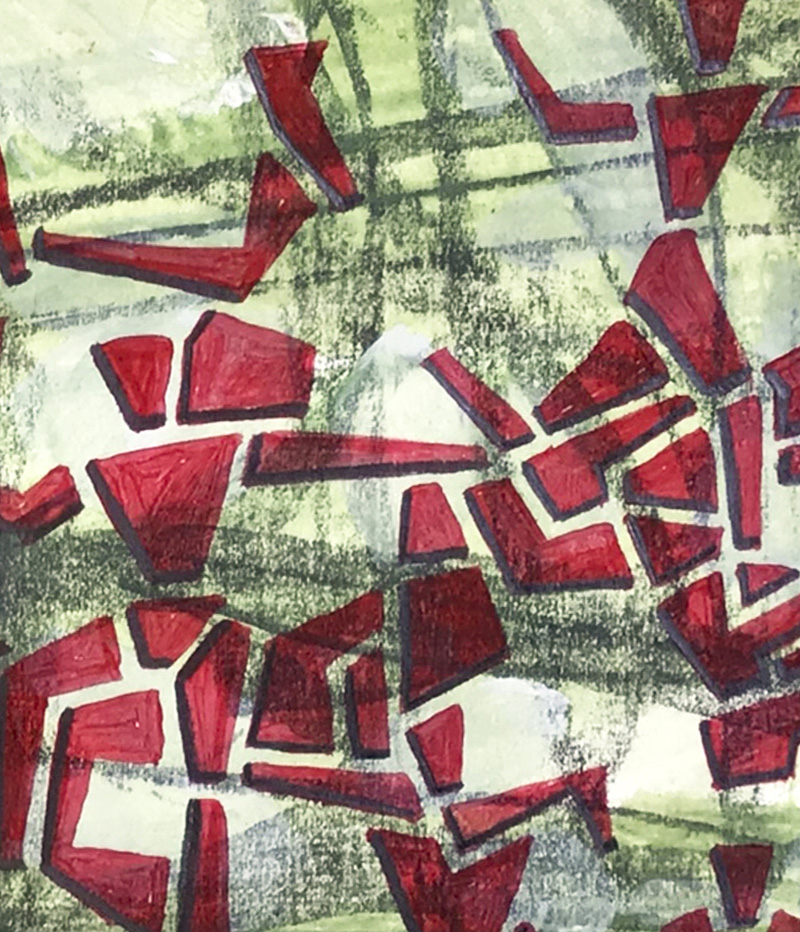

The plot actually begins with a 3.5-inch (8.89 cm) aluminum figurine called "Fallen Astronaut" (lost astronaut) being deposited on the Moon with a plate next to it, and the ensuing chain of investigations and debates. We don't know for today, but probably, with the private sector starting to take part in space studies, NASA needed to take the initiative on the subject and requested a project on the production of artwork for the International Space Station first. The results of this and other projects that we do not know have not been announced, but many names operating in the fields of art have started to develop their own ideas and announce them to the public.
At the end of the day, which artists will be honored with such pride and according to what authority and who will decide this with what jurisdiction will bring about very justified discussions. Of course, every artist wishes that a work or idea of his own be the first object that is qualified as a work conveyed out of the World. In order to achieve this, we can also watch a cutthroat competition.

So, can individuals go beyond the procedures and make such an attempt on their own? There is no obstacle to this. Given the fact that the freedom to send a commercial product model into space has been advocated, an artist, even to be criticized, has the freedom to attempt to send an artwork into space. Although it cannot be placed in orbit due to international regulations and in a celestial body due to costs, the artifact will at least progress in space until it is caught in some gravity or a meteorite hits it. Although it may be questioned whether something that continuously moves away from the World so that no one will see can be qualified as an artwork, some of the art community will be content with seeing talking with nothingness or emptiness as an artist's rightful attitude. Examples of such possible discussion topics could be multiplied.
However, my purpose in opening this topic is neither to comment on an individual basis nor to touch on ongoing discussions. The issue that has become clear in my mind and that I want to share is rather a general criticism of this trend and the arguments that emerged in the discussions I had with my friends as they are quite parallel to the critical statements that are implicitly put forward on the internet, although there is not much content on the subject yet. So we are on the right track.
One way or another, everything defined as art is extant with time. It can also be said that the change in human perception is the basis of the process I will talk about, but in the end, we use the measure called time to define it. Any object that finds any meaning in one geography in one time period can be regarded as an ordinary object in another time period or in another geography. When the statues of kings and emperors were erected, the effect they would have on the people and foreign ambassadors was at the forefront rather than their artistic value. Even the people who did their paintings were real artists, the weight of the impulses in the production was outside the framework of art. Today, however, those with artistic values carry a different meaning. Similarly, a poster that is highly artistic today may have been considered to most people in the past just any piece of paper hanging on the street, carrying a simple announcement. While watching a photograph taken 50 years ago was worth for a few seconds as a snapshot of the relevant event or person, today it may be regarded as a work of art due to its framing, light, or any other reason and is viewed frequently for minutes, or it may be a source of inspirations to various designs or ideas. The drums of the ancient people, the sounds coming out of their vocal instruments, were perceived as a part of life or rituals for society in general, although the people who produced them may have performed art that day. Today, however, with the addition of modern methods and manners, they can be works of art in their own right and can be inspired by other works, can be listened to partially or completely for different purposes than the purposes of the ancient people. Considering this, it can be said that people seek to consume time, but after a while, they better understand the meaning of their experiences. Just like memories; none of us perceived the subjects and objects in our memories as we do today.
… and as these gains accumulated in the repertoire of the following generations, individuals first began to understand the aesthetics and beauties produced by other individuals in their own society, and over time, those in other societies, as well, with which they were in contact. Although gradually weakening, this chain stretched from one known end of the world to the other. Locality and temporality, which increasingly become blurred, have now led human beings to reach a common consciousness piece by piece. Of course, the mechanisms brought by popular art and consumer society have brought distant societies and individuals closer to each other through the constant repetition of visual and auditory elements. However, the main factor is that individuals have been directly acquainted with the peoples in neighboring cities, neighboring regions, neighboring countries, and lands far beyond, including the life elements of those societies, especially in the last few centuries, without any other authority or anyone in between. In this way, the limited global interaction that took place in the past through traders traveling from one continent to another has in our time expanded from being limited to just some exchange of goods to include conceptual qualities and even ways of thinking.
Returning to our topic… The financiers or partners of a spacecraft can put whatever material they want in or around the vehicle. This will be a situation that only concerns personnel in the particular missions. Whether it is a work of art, of course, will be open to intellectual criticism, just as every work of art on Earth is discussed. Humanity will learn something from this too.
But apart from this, if the sovereignty of the states ends at a height of 100 kilometers from the Earth in general, and if beyond this limit is accepted as the common heritage and property of humanity and all living things, and if the steps taken into space are taken for all humanity, the development process of the human being, which I have tried to summarize above, is expected to be addressed in conveying a work of art here. Unlike a hundred years ago, today, every person who uses his mind can more or less see what kind of consciousness human beings will have in the future. Regardless of any development that will disrupt civilization such as war, exploitation, and racism, this development of humanity will not change in the long run and will continue.
Therefore, it should not be overlooked that anything that is desired to appear on the surface of a celestial body or in an orbit must have a meaning that future generations will accept and internalize. Same way; it is also necessary for every person living on Earth today to be aware of what kind of motivating meanings future generations will want to see and accordingly approve the steps to be taken in the formation of such meanings. Because to repeat, every place outside the borders of states belongs to every living thing in the universe. No one has the right to leave permanent traces in line with their personal thoughts, opinions, foresights, and beliefs.
While this is the case, it is also necessary to honestly admit that although many cultures have harmonized with each other today, there are still areas in art where a common language cannot be formed for various reasons. In order to overcome these, we need to complete the process of maturing the art and attaining an atmosphere in which its language can be understood by all people, a process that has continued throughout history. In addition, the interventions of different branches continue to be an obstacle for art to reach social life in every field. Moreover, even if we ignore all the other contradictions, the fact that, for example, a group of people among us who dare to go to the Sentinel with the audacity to change there, shows that human beings have a long way to go in reaching a certain maturity.
Even if the conditions I mentioned are acted upon and the problems are overcome, there is a very important question about the artwork or artworks to be sent into space, which is very difficult to answer. It seems from the ideas that come out; since its evolution is shaped under the conditions of the Earth, there is a tendency for humans to ascribe to space what they do on Earth because man is programmed to produce on Earth. But he can still think. However, although he can think, for example, while thinking about what kind of form or understanding can be exhibited in space, he can act in artistically meaningless behaviors that only occupy the minds of millions of people in vain, such as putting forward some ideas by acting on what applications cannot be done on Earth due to reasons such gravity that can in reverse be done in space. This would inevitably mean nothing more than marketing a product made on Earth in space.
Today, space and space exploration have become the most important part of life for scientists and science enthusiasts, beyond just research and learning impulses arising from pure curiosity. We can clearly observe this when a successful start of a spacecraft mission makes them happy as if the success of their own children and when the end of its mission makes them feel sad as if they lost their loved ones. As the achievements here expand and the opportunities and needs in activities as to this aim become more widespread so as to include other segments of society, space will turn into a life component that is as strong as the life that each person lives on Earth, even if he is not physically there. However, the people of the time will naturally be far beyond an instinct of ascribing what they have done in the World to space.
Even if it is achieved in the distant future, people living in settlements established on planets will have a completely different understanding and creativity from those on Earth, as anyone with foresight will agree. Even if this prediction is completely wrong, at least the aesthetic understanding of colors and forms, even the areas of use and therefore formality will never be the same as ours. The reflection, on Earth, of the subjects that they will create and enjoy will be completely different. Because there are some values that our species has developed through the natural conditions it lives in and through the emotions that permeated. There are some vital resources. The morale and visual language that rises above them will never be the same.
From all these thoughts, it can be concluded that I am against such a project. Actually, it's the opposite. I suggest the widest participation and approval throughout the world, with an understanding that accepts all aforementioned points from planning to final implementation, whereby great benefit would be accomplished for the future if realized with good intentions that will make people think that the project was designed in the light of the deepest forethoughts.
History is littered with examples of suffering due to the steps some people took without persuading others to align with goals to be put forward, or by assuming other people were nonexistent or forcibly imposing them. In contrary cases, civilization has made great progress, sometimes locally, sometimes regionally. We need to see well the lessons we need to learn, and we must not only see them but also really learn those lessons. Rather than succumbing to the temptation of corporate and individual magnificence and achievements, or being tempted to meet endless demands, human beings ought to concentrate to work on the problems in front of them, to globally share the data that demonstrates that science and reason are the only way out for everyone, and to continue striving for this knowledge to reach every individual.




























 In my works that I exhibited in my "My Timeless (Ill-Timed) Times" exhibition in 2012 with the term "reflections", I symbolized the integrity/indivisibility of the society, and basically expressed three phenomena: the ego impulses, the human embodiments driven by the ego impulses, and the obscurity and the consumption of the pure reality and of the nature by the human embodiments. The arithmetic balance enjoyed on canvases depends on the existence of all of the human embodiments.
In my works that I exhibited in my "My Timeless (Ill-Timed) Times" exhibition in 2012 with the term "reflections", I symbolized the integrity/indivisibility of the society, and basically expressed three phenomena: the ego impulses, the human embodiments driven by the ego impulses, and the obscurity and the consumption of the pure reality and of the nature by the human embodiments. The arithmetic balance enjoyed on canvases depends on the existence of all of the human embodiments. The impulses (drives) that generate for the reason of being alive dismantle space and time. This disintegration caused by the interactions among the impulses turns the existence to understandable and makes the human an entity that questionize themselves. I contribute to the said questioning with the network theory that I have formulated on my own observations. On my thesis of "contingency and affectivity" (state of being adjacent and influencing), I express that the human, ironically, despite their said quizziness, legalizes a structure formed just by egos and, thereby, stretches and destroys the "array".
The impulses (drives) that generate for the reason of being alive dismantle space and time. This disintegration caused by the interactions among the impulses turns the existence to understandable and makes the human an entity that questionize themselves. I contribute to the said questioning with the network theory that I have formulated on my own observations. On my thesis of "contingency and affectivity" (state of being adjacent and influencing), I express that the human, ironically, despite their said quizziness, legalizes a structure formed just by egos and, thereby, stretches and destroys the "array". In a context where the word "array" can be translated into the daily language as a sequential table containing items that improve and assist one another, each element of the "array" –that is, the individuals- do, because they are just the elements of the array, own unique missions. However, actions required by those missions need specific amounts of radii. The radii cause individuals to depart from each other whereby what we call the society is formed.
In a context where the word "array" can be translated into the daily language as a sequential table containing items that improve and assist one another, each element of the "array" –that is, the individuals- do, because they are just the elements of the array, own unique missions. However, actions required by those missions need specific amounts of radii. The radii cause individuals to depart from each other whereby what we call the society is formed. As one can see, certain organs that belong to some groups of individuals of the array who tender crowdedness and turbulence are in extreme hustle setting up individuals' egotism at excessive levels. Some organs of some individuals, however, are dull, cannot find a room, or are wiped out, run over by an organ of a more dominant individual. Attempting to add required room in order to eliminate this situation may extinguish the balance, the society, because, with the existing state, individuals have built up a dynamic "network" among themselves and can perform their role with the help of others. This compulsory asymmetric contingency and affectivity, as a result, obscures and consumes the pure reality and the reality of nature.
As one can see, certain organs that belong to some groups of individuals of the array who tender crowdedness and turbulence are in extreme hustle setting up individuals' egotism at excessive levels. Some organs of some individuals, however, are dull, cannot find a room, or are wiped out, run over by an organ of a more dominant individual. Attempting to add required room in order to eliminate this situation may extinguish the balance, the society, because, with the existing state, individuals have built up a dynamic "network" among themselves and can perform their role with the help of others. This compulsory asymmetric contingency and affectivity, as a result, obscures and consumes the pure reality and the reality of nature. The creation of the artworks contains a search for geometricizing the social pressures and rudeness. As a consequence of the search, arithmetic bursts as edges of the objects are applications that I have dared after calculations and try-outs in a manner not ever done before. While I paint the society-individual formation I observe in a constructive perception and in a conventional attitude, I apply the white color, which is not acknowledged as a color at all, in a wild manner. Thereby, my artworks within the concept of my thesis convey how much at a reverse position of the general opinion I have arrived.
The creation of the artworks contains a search for geometricizing the social pressures and rudeness. As a consequence of the search, arithmetic bursts as edges of the objects are applications that I have dared after calculations and try-outs in a manner not ever done before. While I paint the society-individual formation I observe in a constructive perception and in a conventional attitude, I apply the white color, which is not acknowledged as a color at all, in a wild manner. Thereby, my artworks within the concept of my thesis convey how much at a reverse position of the general opinion I have arrived.